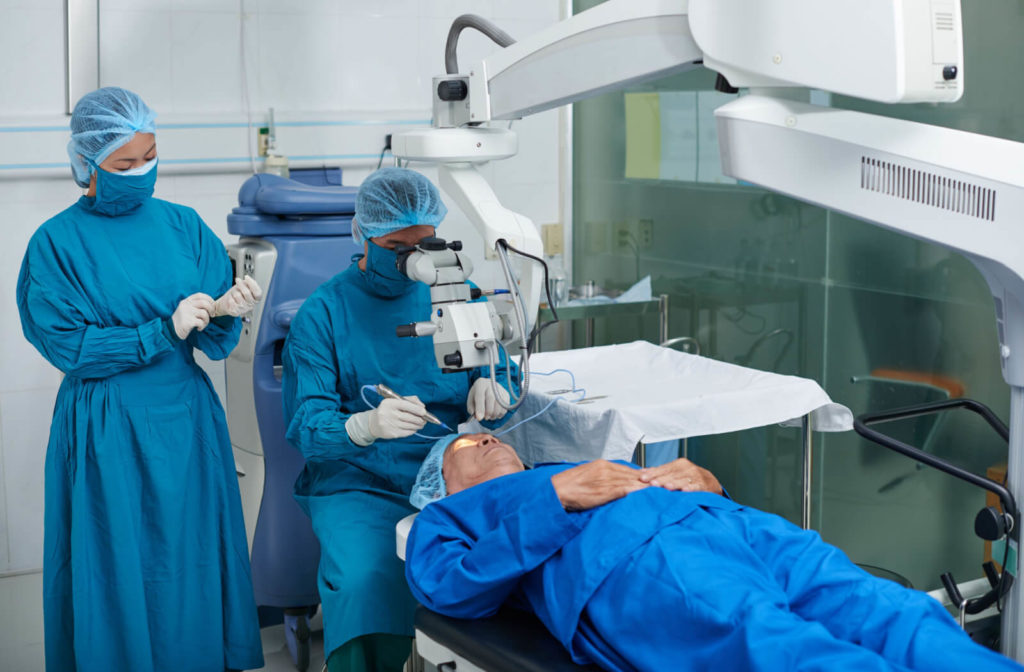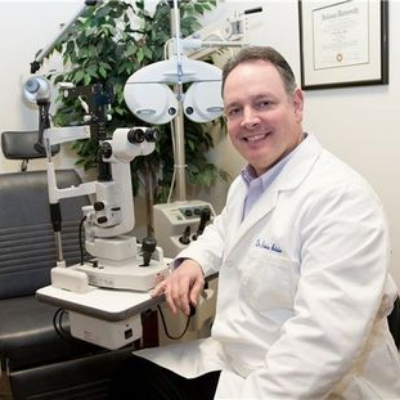Discovering the current Technological Improvements in Optometry and What They Mean for Optometrists
In the ever-evolving field of optometry, current technical advancements are improving how specialists approach eye treatment. From the accuracy of Optical Coherence Tomography to the nuanced insights provided by AI-driven analysis tools, these technologies are setting new criteria in person evaluation and therapy. Teleoptometry is positioned to redefine ease of access, guaranteeing that expertise goes beyond geographical constraints. As these developments permeate the technique, eye doctors are confronted with the difficulty of accepting these devices to enhance person outcomes. The inquiry continues to be: just how will these technical shifts redefine the functions and responsibilities within the occupation?
Advancements in Diagnostic Devices
Advancing the area of optometry, technologies in diagnostic tools have actually transformed the means eye treatment specialists examine and identify visual impairments and eye conditions. The previous years has seen considerable technical developments, allowing more precise and extensive examinations. Optical Comprehensibility Tomography (OCT), as an example, provides high-resolution cross-sectional pictures of the retina, enabling the early discovery of diseases such as glaucoma and age-related macular deterioration. This non-invasive imaging method has actually come to be essential in modern optometric method.
Another key advancement is the intro of sophisticated corneal topography systems, which map the surface curvature of the cornea with accuracy. These devices are especially valuable for suitable contact lenses and identifying corneal disorders. Electronic retinal imaging has actually changed traditional ophthalmoscopy, using thorough, panoramic sights of the retina that facilitate extensive aesthetic evaluations.
The advancement of wavefront aberrometry has actually likewise been crucial, enabling the evaluation of refractive mistakes with unequaled accuracy (Eye Doctor Optometrist). This technology aids in personalizing rehabilitative lenses and boosting medical end results for refractive surgeries. Collectively, these analysis improvements equip eye doctors to supply exceptional client care, making sure very early treatment and customized treatment techniques, eventually enhancing aesthetic health and wellness end results
AI in Patient Management
Structure on the structure of advanced diagnostic devices, the unification of fabricated knowledge (AI) in person monitoring represents a transformative leap for optometry. AI systems are increasingly employed to boost effectiveness, precision, and personalization in client care. By assessing substantial quantities of information, AI can determine patterns and predict potential eye problems, enabling optometrists to customize treatments better. This capability is critical in taking care of persistent eye illness such as glaucoma and diabetic retinopathy, where early detection and continual tracking are key.
Additionally, AI-driven platforms help with streamlined individual interactions and management processes. Automated scheduling, digital examinations, and personalized follow-up plans not just improve person contentment but additionally enhance time monitoring for specialists. These systems can triage patients based on the necessity of their conditions, making sure that those in critical requirement receive timely interest.
In addition, AI enhances decision-making by giving optometrists with evidence-based suggestions and treatment paths. By integrating data from electronic health and wellness documents, AI tools use understandings that educate clinical decisions, minimizing the threat of mistakes and improving individual outcomes. As AI remains to evolve, its duty in patient management will likely expand, improving the landscape of optometric treatment.
Advances in Retinal Imaging
In the realm of optometry, retinal imaging has seen impressive technical advancements that are enhancing diagnostic abilities and individual treatment. Advancements such as Optical Coherence Tomography (OCT) and fundus digital photography have revolutionized just how optometrists visualize and assess the retina. OCT, in specific, offers high-resolution, cross-sectional photos of the retina, permitting the detailed evaluation of its layers. This capability is important for early discovery and management of problems like glaucoma, diabetic person retinopathy, and age-related macular degeneration.
Improved imaging modalities like OCT angiography are additional refining analysis precision. Eye Doctor Optometrist. Such developments promote the identification of min retinal changes that could symbolize illness progression.
Additionally, advancements in expert system are augmenting retinal imaging by enabling automatic evaluation of large datasets. These systems help optometrists in determining patterns indicative of Your Domain Name pathology, therefore boosting analysis accuracy and efficiency. Collectively, these technologies are changing retinal imaging into a foundation of modern-day eye care, enhancing end results and increasing therapeutic possibilities.
Teleoptometry's Growing Duty
Teleoptometry is progressively ending up being a crucial component of eye treatment, driven by innovations in digital interaction and diagnostic tools. This is specifically useful in rural and underserved areas where access to specialized eye treatment is usually restricted.
The assimilation of expert system (AI) additional improves teleoptometry, allowing the evaluation of aesthetic information and aiding in the detection of eye conditions such as glaucoma and diabetic retinopathy. AI-powered algorithms can quickly interpret complicated imaging data, providing eye doctors with important understandings that strengthen clinical decision-making.
Furthermore, teleoptometry supports connection of treatment through smooth integration with digital wellness documents (EHRs), enabling eye doctors to keep extensive patient histories. This ensures that people receive personalized and regular treatment also when speaking with different specialists.
In spite of these advantages, challenges remain, including making certain information safety and security and taking care of person assumptions. Teleoptometry represents a substantial stride in the direction of more accessible, reliable, and patient-centered eye treatment. As technology progresses, its duty is positioned to increase further.

Future Patterns in Eye Care
A myriad of cutting-edge trends is established to reshape the future of eye care, driven by technological innovations and the advancing needs of patients. One significant trend is the integration of expert system (AI) in diagnostics, which guarantees to improve the precision and performance of eye examinations. AI formulas can examine substantial quantities of data from retinal photos, possibly discovering conditions like diabetic person retinopathy and glaucoma earlier than conventional approaches.
Furthermore, tailored medication is acquiring traction you can try these out in optometry, with genetic screening notifying customized treatment strategies. This technique aims to optimize patient outcomes by customizing interventions to specific hereditary profiles. Wearable modern technology, such as smart contact lenses, is also imminent, providing real-time surveillance of intraocular stress or glucose degrees, hence giving continuous insights right her response into systemic and eye health and wellness.
The fostering of increased fact (AR) and digital truth (VIRTUAL REALITY) in training and client education and learning is another emerging fad. These technologies offer immersive experiences that can enhance understanding and abilities both for eye doctors and clients. As these patterns progress, optometrists need to stay abreast of technological developments to provide advanced care, making sure improved person outcomes and satisfaction in the vibrant landscape of eye treatment.
Final Thought

Jointly, these analysis developments empower eye doctors to deliver premium patient care, ensuring very early treatment and customized therapy techniques, eventually enhancing visual health and wellness end results.

As these innovations continue to evolve, eye doctors should adjust and integrate them into technique, inevitably enhancing process performance and raising the standard of eye care provided to individuals.